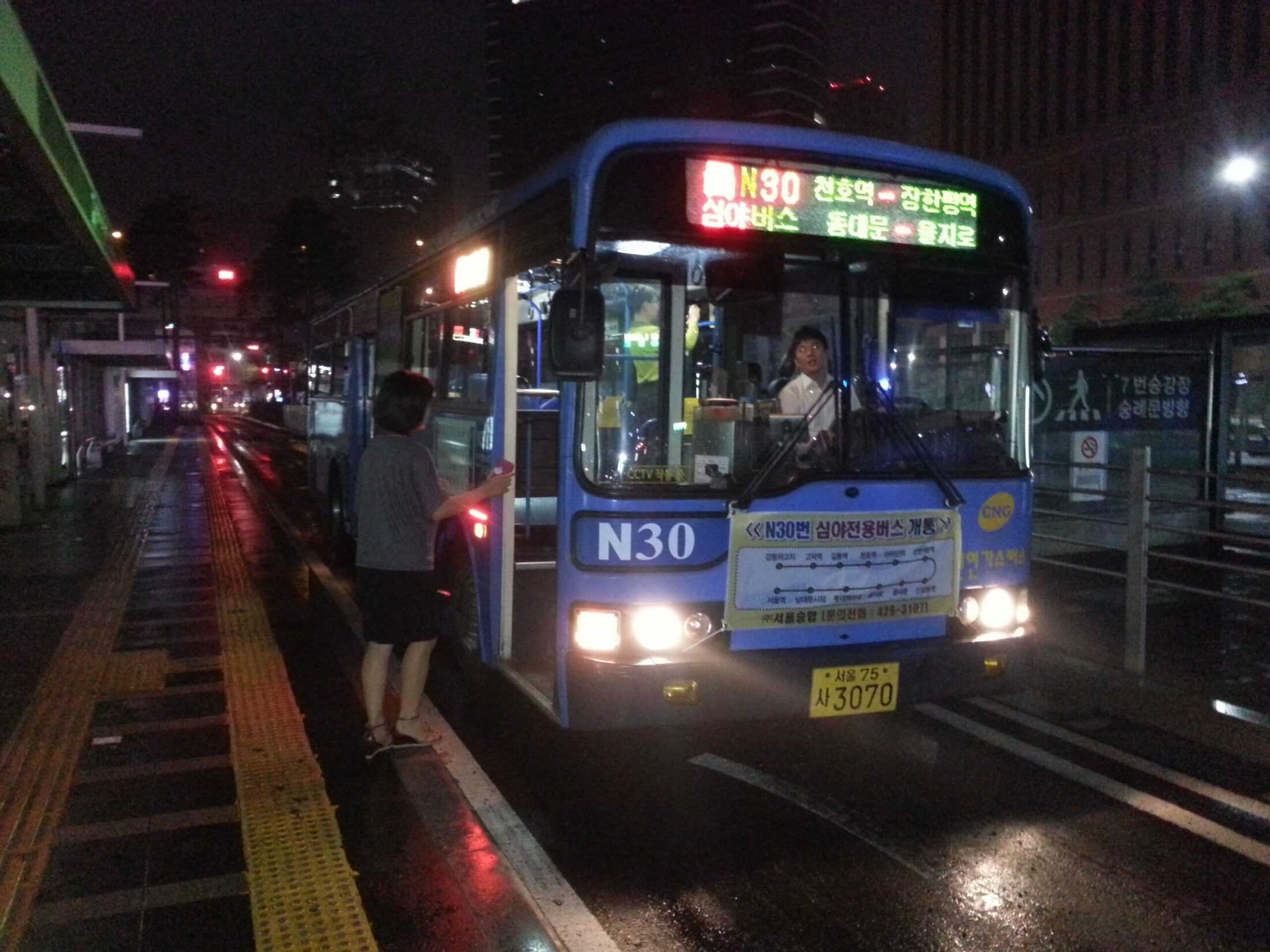Navigating Seoul’s Bus System
Seoul, the bustling capital of South Korea, is known for its efficient and extensive public transportation system. Among the various modes of transport, buses play a crucial role in connecting different parts of the city. Understanding Seoul’s bus routes and numbering system can significantly enhance your travel experience, making it easier to explore the city without hassle.
Understanding the Bus Numbering System
Seoul’s bus system is organized into a color-coded and numbered system that helps passengers easily identify the type and route of each bus. The buses are categorized into four main types, each serving different purposes and areas:
- Blue Buses (Main Line): These buses are designed for long-distance travel across the city, connecting major districts and providing a backbone for the public transport network. The numbers for blue buses typically start with a 1 or 2, indicating their primary routes through central Seoul.
- Green Buses (Branch Line): Green buses serve shorter routes, often connecting subway stations and major bus terminals with nearby neighborhoods. Their numbers usually start with a 3 or 4, making them ideal for local travel within specific districts.
- Red Buses (Express Line): These are express buses that connect Seoul with its surrounding suburban areas. They are perfect for commuters traveling to and from the city. Red bus numbers generally start with a 9, indicating their express nature and longer routes.
- Yellow Buses (Circular Line): Yellow buses operate on circular routes within specific districts, providing convenient access to local attractions and amenities. Their numbers often start with a 0, reflecting their looped routes within smaller areas.
How to Use the Bus Routes
Using Seoul’s bus system is straightforward once you understand the numbering and color-coding. Here are some practical tips to help you navigate the routes effectively:
- Plan Your Route: Before heading out, use a reliable map or a mobile app like KakaoMap or Naver Map to plan your journey. These apps provide real-time bus schedules, route information, and estimated travel times.
- Check the Bus Stops: Bus stops in Seoul are well-marked with signs displaying the bus numbers and routes. Make sure to check the bus stop information to ensure you’re on the right side of the road for your desired direction.
- Use a T-Money Card: A T-Money card is a rechargeable smart card that can be used on buses, subways, and even taxis. It offers a convenient and cashless way to pay for your fare, with discounts for transfers between buses and subways.
- Understand the Announcements: Buses in Seoul have automated announcements in Korean and English, informing passengers of the next stop. Pay attention to these announcements to avoid missing your stop.
Tips for a Smooth Bus Experience
To make your bus journey in Seoul as smooth as possible, consider the following tips:
- Avoid Rush Hours: Buses can get crowded during peak hours (7-9 AM and 6-8 PM). If possible, plan your travel outside these times for a more comfortable ride.
- Be Prepared for Traffic: Seoul is a busy city, and traffic congestion can affect bus schedules. Allow extra time for your journey, especially if you have a tight schedule.
- Stay Alert for Your Stop: Keep an eye on the route map displayed inside the bus and listen for announcements. If you’re unsure, don’t hesitate to ask the driver or fellow passengers for assistance.
- Respect Local Etiquette: When using public transport in Seoul, it’s important to be considerate of others. Offer your seat to elderly passengers, keep noise to a minimum, and avoid blocking the aisle with large bags.
By understanding Seoul’s bus routes and numbering system, you can navigate the city with ease and confidence. Whether you’re a tourist exploring the sights or a resident commuting to work, the bus system offers a reliable and cost-effective way to get around.
